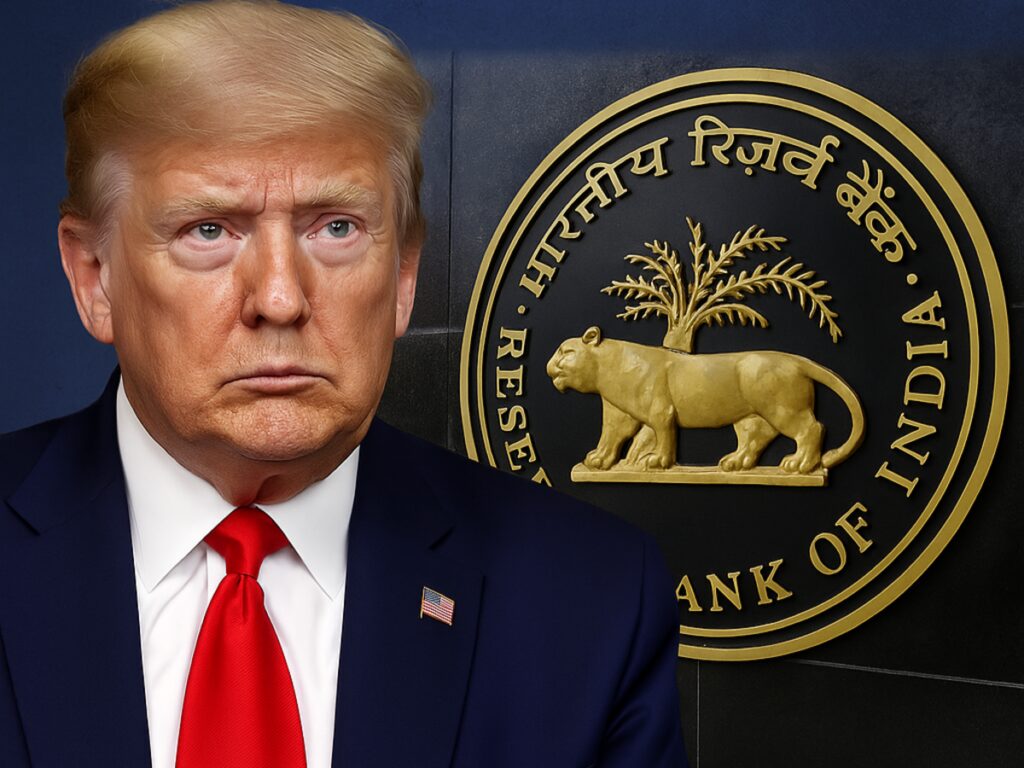NEW DELHI: The Asian Development Bank (ADB) has revised downwards India’s GDP growth forecast for the financial year 2025-26 (FY26) to 6.7 per cent from the earlier 7 per cent in its April 2025 latest outlook report.
“A major risk arises from US tariff levies on India’s and other countries’ exports, which could reduce trade and investment flows and potentially create volatility in the domestic financial market,” the report said.
Global economic uncertainty may also affect completion of investment projects in India, ADB said in its report.
However, ADB in its report highlighted that these risks could potentially be mitigated by a trade agreement between India and US, which is being negotiated and the fact that India’s merchandise exports to the US account for a relatively low 2 per cent of GDP.
Favourable monetary and fiscal policies, rising rural incomes, and moderating inflation would support India’s growth, ADB said. The growth for the financial year 2026-27 has been projected at 6.8 per cent in the report.
Addressing food inflation with extreme weather events would be a challenge for India, which ADB said could impose risks on agricultural outlook.
“A structural mismatch between demand and supply trends could give rise to higher food inflation and raise inflationary expectations unless policies are implemented to build resilience into the food supply chain,” the ADB report said.
Meanwhile, Moody’s Ratings said that the newly announced tariffs are likely to upend global trade dynamics. While the new tariffs will hurt the ‘China+1’ strategy, the ratings agency said that Asia Pacific economies may be incentivised to deepen trade and investment ties intra-regionally.
India, it said, may benefit from some trade diversion activity and companies seeking to access large markets while keeping operating costs reasonable. The latter, it said, would only happen over a number of years.
Aggressive US tariffs, which could escalate into a full-blown trade war, pose a significant threat to growth prospects, the report said.
“Full implementation of the April 2 US tariffs, as well as retaliatory measures by US trading partners, would negatively affect the US outlook, but also reduce growth and inflation in the PRC and other regional economies,” the ADB report said.
The economies in developing Asia and the Pacific are projected to grow 4.9 per cent this year, down from 5 per cent last year. The growth forecasts, ADB said, were finalised prior to the April 2 announcement of new tariffs by the US administration. The forecasts are likely to be lowered further by ADB in its July report.
“Rising tariffs, uncertainties about US policy, and the possibility of escalating geopolitical tensions are significant challenges to the outlook. Asian economies should retain their commitment to open trade and investment, which have supported the region’s growth and resilience,” ADB chief economist Albert Park said.
The report suggested that the policymakers need to account for the negative consequences of retaliation when they consider whether or to what extent they should retaliate. ADB in its report has suggested that countries should negotiate to ease tensions and reduce tariffs as much as possible.
It further said that developing Asian economies should remain committed to open trade and investment, bolstering economic integration, reconfiguring supply chains to adapt to new tariffs, and seeking new trade agreements among themselves and with third countries.
Countries should also consider macroeconomic policy support in cases where tariffs result in a significant slowdown in growth as well as diversify export markets to reduce concentration risk, the ADB report recommended.
“Easing monetary policy could be appropriate since many regional economies now have inflation at or below target. For economies with fiscal space, supportive fiscal measures can be used, especially to assist more vulnerable populations,” the report added.
Source: Business Standard

 RBI Slashes Repo Rate By 25 Basis Points To 6 Per Cent, Shifts Stance To ‘Accommodative’
RBI Slashes Repo Rate By 25 Basis Points To 6 Per Cent, Shifts Stance To ‘Accommodative’ 